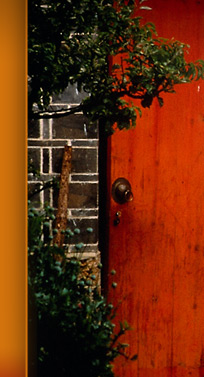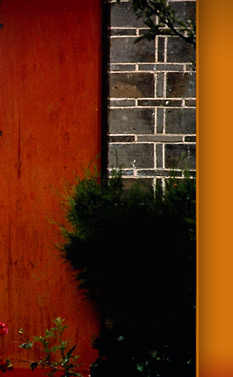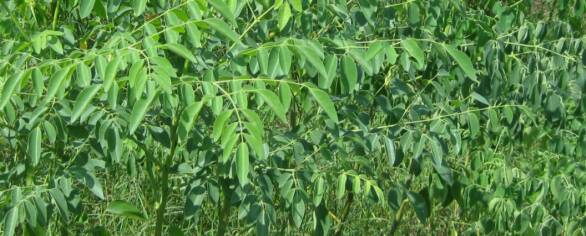Moringa Matters
This page was last updated: September 1, 2022
HELPFUL HINTS
FOR HARVESTING MORINGA LEAVES
TIPS FOR SMOOTH HARVESTING FROM TREE TO TABLE
Your natural inclination will be to wash the Moringa branches, before stripping off the leaves.
DON'T DO IT. If you wash the branches first, and then strip the leaves from the branches, the leaves will stick to your fingers, your hands, and anything else with which they come into contact, guaranteed. Pull the leaves off the branches first, in a stripping motion, and then simply rinse them.
Be sure not to overcook your Moringa leaves - they will get bitter, like most greens do. Gentle and easy does it, for the best flavor. If you are not able to eat your Moringa Leaves right away, do not wash them. Simply place them in a zip-lock bag, and keep them under refrigeration until you are ready to use them. They will stay fresh, that way for at least a week.
Do you have a dehydrator? If you do, you can dry the leaves, and use them later. Added to any
dish that contains liquid, they will reconstitute beautifully. Be sure to add them to any cooked dish, right before you are ready to eat it. Stir them in, wait a moment, and enjoy!
If you are going to eat them raw, just put them into salad, pop some in your mouth right after you wash them, or make them into a sandwich with butter or mayonnaise - much like watercress is commonly eaten.
Raw Moringa leaves can be added to any type of dip, sauce, salsa, dressing, or stuffing. Their exquisite flavor enhances any meal. We use them in "wraps", too! The flavor of Moringa blends well with fish, seafood, beef, pork, veal, turkey, chicken, and wild game. The main thing to remember about eating Moringa leaves, is that they are not supposed to be overcooked.
In some countries, the leaves are boiled, and then the water is poured off. Then, they are boiled again, and once again, the water is poured off. Then, they are eaten. Now, that method actually defeats the whole purpose of eating Moringa. The purpose, is to get as much nutrition in you as possible, from the leaves. When they are boiled, and the cooking water is poured out, many of its vital nutrients are wasted - poured right down the drain, with the cooking water. Do not DO that! If you can, cook your Moringa quickly, use very little liquid, and drink the cooking water. If you are adding it to baked goods, use the lowest possible temperature settings, and cook only as long as absolutely necessary.
If you happen to get some of the flower buds or the blossoms, when you are stripping the leaves off the branches, just throw them into whatever you are making with the leaves. They have a taste of their own, and you can read about how to eat them at the "How to Eat Moringa Buds and Blossoms" link, on the side of this page.
There has not been any toxicity reported, from overconsuming Moringa leaves, and they are good for people of all ages. Even infants have been nourished, from the Moringa tree. We hope you enjoy those marvelous bright green leaves, as much as we do!
MORE LINKS
MORINGA INFO



